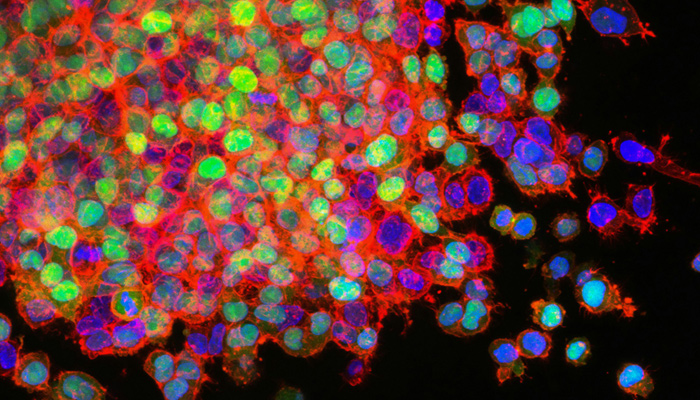






Centers for Medicare & Medicaid Services report targets these shortfalls—The pandemic brought attention to many parts of our healthcare system including long term care. An aging population is sure to place continuing stress on a care model that is already stretched.
Understanding the Evolution of Scientific Innovation—Pierre Azoulay’s research reveals how the premature deaths of eminent scientists can pave the way for new ideas and innovations in scientific fields. The study underscores the complex dynamics of intellectual progress and the role of generational shifts in advancing knowledge.
It may be that leaders in their field actively resist new ideas from disseminating or it may be that they simply suck the oxygen from the room.—“… Results suggest that outsiders are reluctant to challenge leadership within a field when the star is alive and that a number of barriers may constrain entry even after [they are] gone.” The flow of articles by non-collaborators increases by 8% on average after the death of a star scientist (relative to control fields).
What were considered outlaw ideas more than 70 years ago, met with disbelief and antagonism, today have a significant degree of acceptance and have greatly expanded our view of the quantum world and the universe.—For a century, the Copenhagen interpretation—chiefly developed by Bohr and Heisenberg in that city—has been the standard answer taught in physics courses. In the 1950s, two American physicists dared to challenge the conventional Copenhagen interpretation with their “pilot wave” and “many-worlds” theories, respectively.